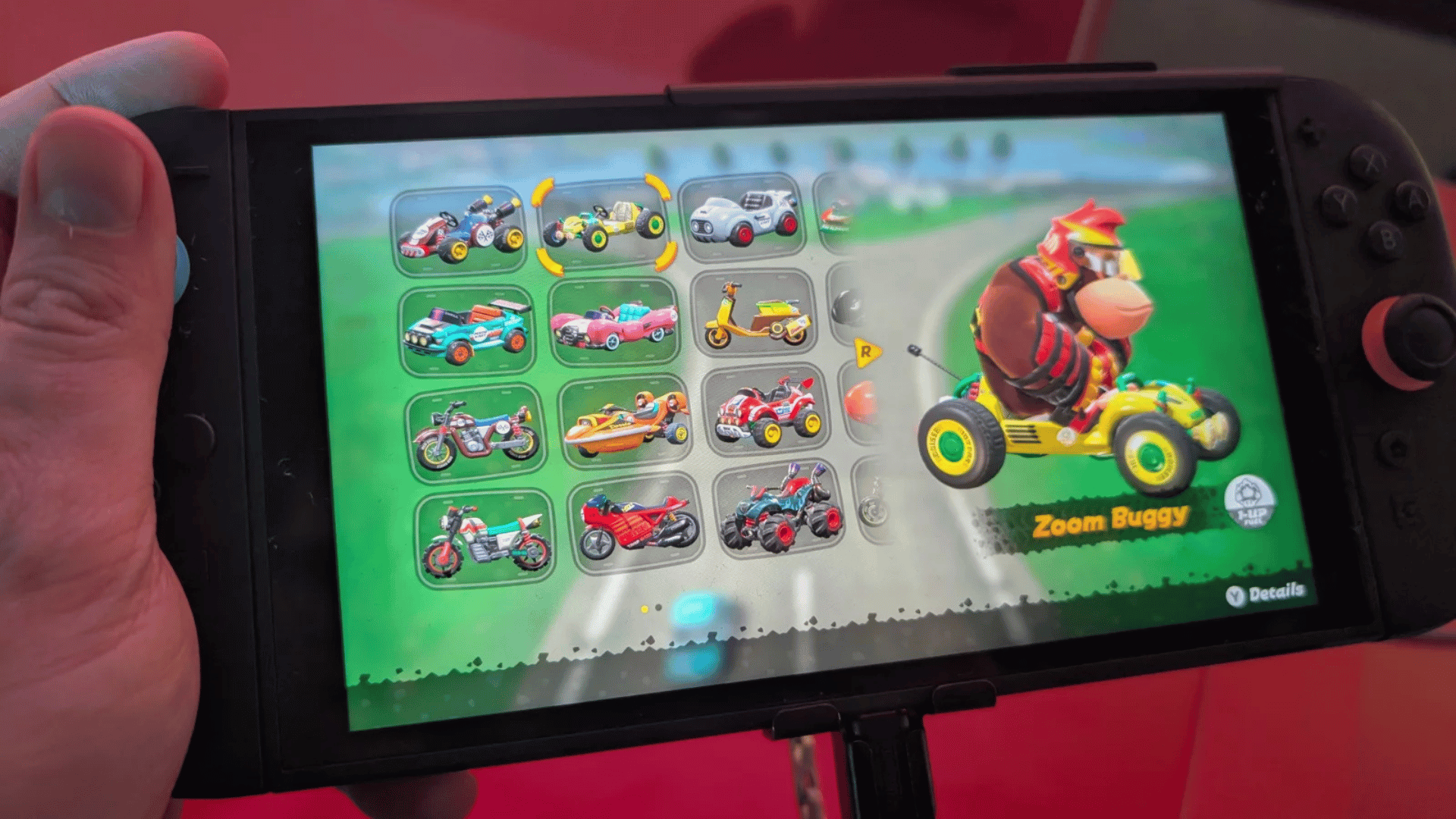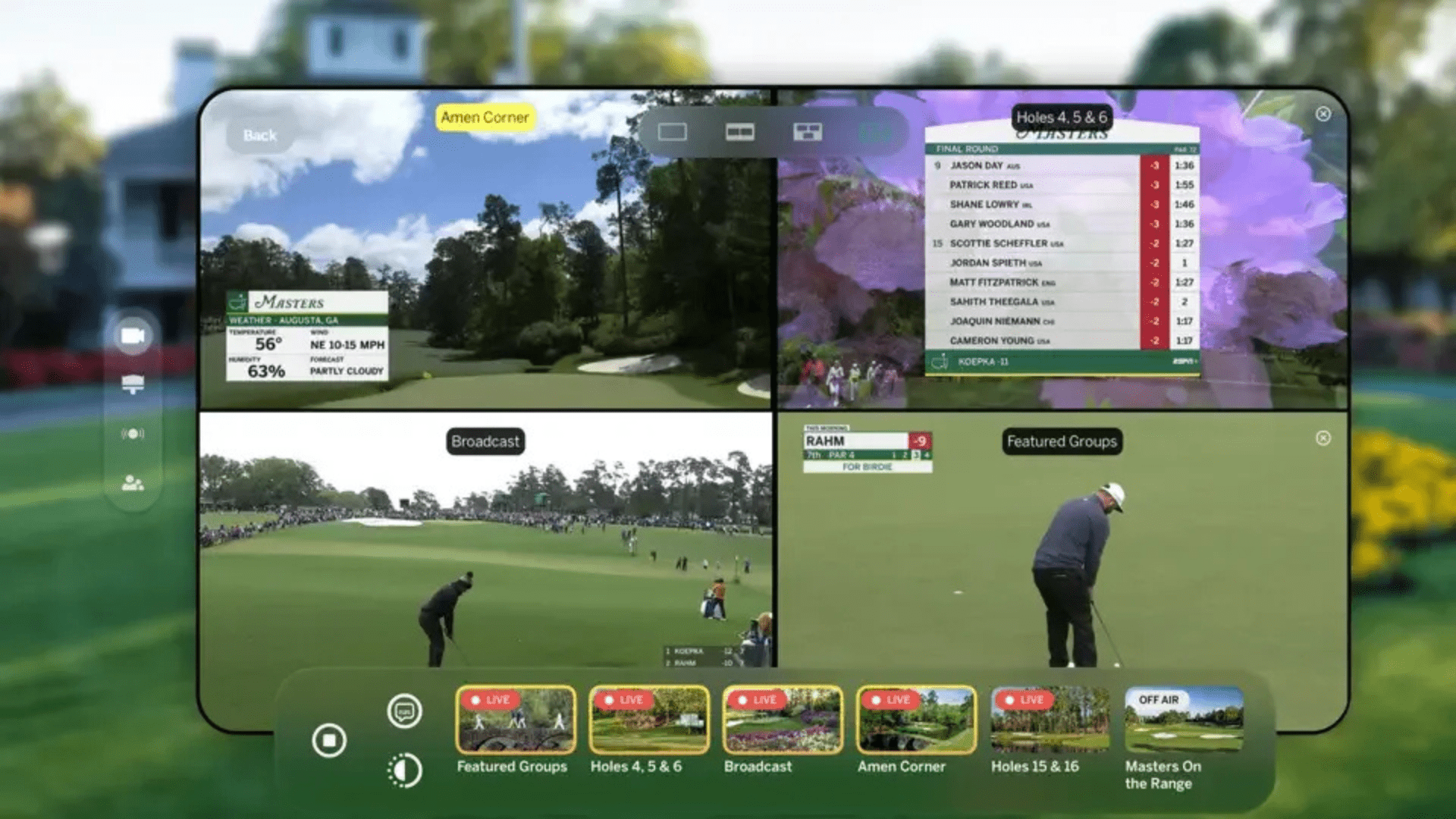The global gaming industry was at the level of $184.4 billion in 2023 and it is expected to reach $200 billion by 2025. Additionally, Statista predicts that the market for video games will grow at a rate of 8.76% per year and reach $282.30 billion by 2024. Well, we expect the same. Let’s dig deeper into the gaming industry topic and look at all the key technologies that have changed and are going to change the development of modern video games.

Boosting NPC AI
AI makes non-playable characters in video games smarter and better at deep learning. Destiny 2 is a great example of this. In this game, AI assists in managing its complex matchmaking system, ensuring players face opponents of equal skill in both PvP (Player vs. Player) and PvE (Player vs. Environment) activities. Trials of Osiris and Nightfall Strikes are good examples. They show how AI controls both characters and enemies during battle in a way that is very fluid and hard to predict. In Trials of Osiris, for example, the enemies are AI characters, which means that they adjust how they fight based on what you do on the battlefield. As a result, the game is so realistic and challenging that many players resort to using Destiny 2 carry services to get help with difficult tasks and achieve their game goals faster and easier.
AI-Enhanced Graphics: Raising Visual Standards
AI has also become integral to enhancing the visual quality of games. Through deep learning algorithms, AI can upscale textures, improve lighting, and render more detailed environments, even on lower-end hardware. NVIDIA’s DLSS (Deep Learning Super Sampling) technologies allow games to run at higher resolutions and smoother frame rates without taxing the player’s system. AI makes it possible for developers to push the limits of graphical fidelity while keeping performance optimized. In visually demanding games, these AI-driven enhancements make a huge difference. From hyper-realistic character models to expansive, detailed environments, AI allows developers to create stunning visual experiences that would have been impossible just a few years ago.
Making Testing and Fixing Bugs Better in the Gaming Industry
Artificial intelligence makes testing and debugging games easier because issues are found automatically. It also makes the games run better overall. This cuts down on the time it takes to develop and also makes it easier for players to have fun. Bugs are easy to find and fix with testing tools, which lowers the quality of games before they come out on the market.
Virtual Assistants and Interactive Elements
When AI is used with VR and AR together, it creates new ways to interact; this works similarly to virtual assistants. These work as active helpers and advisors, who can give players tips and suggestions in real time, handle various game tasks, and help players change how they act in certain game environments.
Quickly Expanding Segments in the Gaming Industry
Predictions and available data indicate that a few gaming market segments are expanding especially quickly:
● Mobile games — This segment continues to grow at a rapid pace, with an estimated 67% of all global ad game spend going toward it. The data indicates that the number of mobile game owners is increasing and that the accessibility of games and their growing popularity are the main drivers of the game industry’s 10% annual growth rate.
● Hybrid casual games — These are games that are not mid-core but are more sophisticated than casual ones. They are expanding at an incredible rate — by 30% annually. This is a result of their overwhelming popularity.
● Cloud gaming — This segment is projected to grow from $3 billion in 2023 to $22 billion by 2030, representing a CAGR of approximately 35%. On top of that, from 2024 to 2033, the Asia-Pacific region is predicted to grow at the fastest rate, with a compound annual growth rate of roughly 10.6%. With a projected CAGR of 11.1%, the Indian market is specifically recognized as the nation’s market expanding at the fastest rate.
So What’s Going to Happen?
Obviously, the technologies that have been developed are currently being applied and are acting as catalysts in bringing changes to the gaming industry. People involved in these fields are always looking for ways of enhancing these innovations and are always experimenting. Still, it’s quite clear that with further advancement, wholly new and at present unimaginable technologies will come, which will revolutionize gaming in its turn. Based on ongoing trends and market stats, the Asia-Pacific region remains the undisputed favorite for continued growth with constant increase leaps in technology and players’ base. This revolution will continue, hence pushing the gaming industry to other levels in the coming years.
This is a sponsored post by ICT International L.L.C. All reviews and opinions expressed in this post are not based on the views and opinions of Tomorrow’s World Today.







